Breakthrough for the development of non-public vocationaleducation institutions in Vietnam
Resolution 68-NQ/TW on private economic development demonstrates the Party's viewpoint and strategic vision on the country's socio-economic development in the new situation.
The Resolution affirms the need to properly assess the important role of the private economy in national development; ensure that the private economy competes equally with other economic sectors in accessing business opportunities and economic resources; affirms the State model of "creating, serving, and supporting the private economy to develop rapidly and sustainably, without administrative intervention in production and business activities contrary to market principles".
This perspective aims to build an open, friendly, and cooperative relationship between the state and businesses.
As early as 2025, the State will have to eliminate unnecessary business conditions, overlapping and inappropriate regulations that hinder the development of private enterprises.
The goal is to "untie" and "clear" administrative procedures, creating a transparent and equal policy environment for the private economic sector in general and in the field of vocational education in particular.
The resolution proposes to "focus resources on developing a network of high-quality vocational training institutions and key occupations", and encourage "the development of joint training programs with foreign countries, and the replication and transfer of advanced training programs to serve the development of the private economy".
This paves the way for increasing vocational training with modern scale and technology, including contributions from non-public vocational training institutions (including private institutions and foreign-invested institutions).
The Resolution encourages "training according to enterprise orders" and attracts more enterprises to participate in human resource training. In particular, the costs of training and retraining of enterprises' human resources are included in deductible expenses when determining taxable income of enterprises.
This mechanism creates incentives for private enterprises to establish vocational training institutions or actively cooperate with vocational training institutions in developing programs, providing equipment and vocational training for workers.
In terms of the practical basis of Resolution 68, the development of non-public vocational training institutions brings many socio-economic benefits.

Students of Far East College (Photo: School Fanpage).
A public vocational education institution, whether small or large, from its establishment to its operation, the State always has to invest a lot of resources, from land, building facilities, investing in equipment, recruiting teachers and management staff, workers, regular expenses, investment costs, etc.
After a lot of investment, each year a public institution only provides the labor market with a certain trained workforce with an average training scale of 500 people.
Similarly, a private vocational training institution with the same scale as a public school, after completing training, also provides the labor market with about 500 trained people each year.
The important thing here is that the State does not have to invest anything, but still has 500 trained people, meeting the human resource requirements of the labor market.
On the other hand, private vocational training institutions also participate in paying income tax and creating jobs for many workers. Saying so is not to deny the role and position of public institutions but to have a more complete understanding of the development of vocational education in the relationship between public and private, especially in the context that our Party is advocating the promotion of private economic development.
Current status of non-public vocational training institutions
According to data from the Ministry of Labor, War Invalids and Social Affairs (formerly known as the Ministry of Labor, War Invalids and Social Affairs), in 2024, the country will have 1,888 vocational training institutions, including 1,198 public institutions and 683 non-public institutions, including 96 colleges, 229 secondary schools, and 358 vocational training centers.
Among the non-public establishments, there are 7 establishments with foreign investment capital, including 4 colleges, 1 secondary school, and 2 vocational education centers. Thus, the network of vocational education establishments is still quite modest, accounting for only about 36%.
Currently, private vocational training institutions are mainly concentrated in large cities and developed industrial areas. Although these institutions are organizing training in most fields and occupations according to the requirements of the labor market, they only focus on occupations that require little investment in equipment and machinery.
There are also some private schools that train in professions that require large investments such as mechanics, dynamics, automation; electricity - electronics, textile industry... but not many.
In recent times, non-public schools have overcome many difficulties, boldly invested in modern training equipment and promoted cooperation with businesses to organize training.
The flexibility and responsiveness to the labor market, the dynamic organization and management methods, and the business model of non-public vocational training institutions have made important contributions to training human resources for the labor market.
However, non-public vocational training institutions are currently small and facing many difficulties and challenges.
Firstly, the mechanisms and policies are not suitable for development. The State has had general mechanisms and policies to encourage the development of vocational education, but they have not taken into account the specific characteristics of private vocational education institutions.
Thus, general policy implicitly distinguishes between public and private.
Many policy mechanisms are still inadequate, heavy on procedures, and complicated in terms of conditions, causing obstacles and difficulties for private vocational training institutions, making them unattractive to domestic and foreign investors to invest in this field.
Second, enrollment is difficult. Social awareness of vocational training is still heavy, young people after high school graduation often do not want to enter vocational education, leading to a decline in enrollment throughout the system, including private institutions.
Many private vocational training institutions, especially at the intermediate level, have fallen into stagnation and are struggling because they cannot recruit students.
Third, the quality of training is not uniform across schools. There are schools with very good quality, and some training courses are even better than good schools in the public sector, but there is no uniformity. Many training courses do not meet the requirements due to limited facilities, equipment, and teachers.
New business cooperation models are developing in some large, branded private establishments or establishments with businesses.
Fourth, lecturers and investment resources are limited. Non-public vocational training institutions often lack capital to invest in facilities and recruit quality lecturers. Without land incentives like public schools, private schools often have to mobilize their own capital, so land, small scale, facilities and practice equipment are inferior.
Most facilities have to rent land or pay 100% land use tax, increasing the financial burden, not to mention many small facilities lack preferential loans. Credit policies for private education are still limited and procedures are complicated.
Proposing solutions to remove some difficulties in developing non-public vocational education institutions
From the viewpoint, policies and solutions of Resolution 68, it is necessary to accelerate the institutionalization and concretization of mechanisms and policies to "untie" non-public vocational training institutions and attract private enterprises, especially large enterprises, to establish vocational training institutions to train workers for the market.
Accordingly, some solutions to note are as follows:
First, promptly complete, amend and supplement the Law on Vocational Education and the system of legal documents on vocational education. Review, abolish and reduce the conditions and documents of all administrative procedures in the field of vocational education (reduce at least 30% of the time for processing administrative procedures, 30% of the cost of legal compliance, 30% of business conditions); strengthen post-inspection.
Procedures that should be given priority consideration include:
Procedures for establishing or permitting the establishment of vocational training institutions or branches of vocational training institutions: Review, abolish, and reduce unnecessary conditions that are not suitable to reality and cause difficulties for domestic and foreign investors and private enterprises. On the other hand, when prescribing the conditions of this procedure, it is necessary to take into account the characteristics of private vocational training institutions and foreign-invested institutions;
Procedures for registering vocational education activities: Consider and abolish this procedure. In reality, this procedure is administratively heavy, causing great inconvenience and difficulty for vocational education institutions, especially for private vocational education institutions.
This procedure can be combined with the procedure for establishing a vocational training facility but not as a separate procedure. This procedure should only be applied to organizations and individuals that organize vocational training but do not establish a vocational training facility, such as small and medium-sized enterprises, craft villages, cooperatives, etc.
Procedures for registering joint activities with foreign countries: Similar to registering domestic activities, consider abolishing this procedure; only register when training in occupations that are not included in the list of training occupations in Vietnam or not included in the list of training occupations of the school when applying for registration.
Second, institutionalize preferential policies on tax, land, and credit for non-public vocational training institutions, especially those training high-quality human resources and key occupations in the relevant legal system. The costs of training and retraining human resources of enterprises are included in deductible expenses to determine taxable income when calculating corporate income tax.
Local authorities need to prioritize land allocation and long-term land lease at preferential costs for private vocational education institutions with expansion plans, in order to reduce initial investment costs; lease houses and land that are unused or unused public assets in the locality; exempt or significantly reduce land use tax for private vocational education institutions in the initial stage; need to expand capital sources to support private education (ODA capital, development investment funds with low interest rates), and simplify loan procedures for private vocational education institutions.
Third, private vocational training institutions need to be supported in improving their management capacity, through training programs to improve management, expertise, and professional skills for managers and lecturers similar to those for public vocational training institutions; cooperation in sharing experiences in training and training management without distinction between public and private sectors; equality in evaluation, reward, and honor for the contributions of private vocational training institutions.
It can be said that Resolution 68 has identified the private economy as the most important driving force of the national economy. Accordingly, non-public vocational training institutions also need to be respected in the vocational education system, because they are an important component in training direct workers for production and business to bring high efficiency.
Resolution 68 has set out an important framework for supporting private economic development, but concretizing it into specific policy mechanisms and solutions is the next urgent task of relevant ministries and branches.
It is thought that when barriers are removed, the vocational education system will certainly attract more and more domestic and foreign investors to participate in vocational training, and non-public vocational education institutions will develop more strongly, contributing significantly to providing high-quality labor for the country's socio-economic development.
Hai Yen
Source: https://dantri.com.vn/giao-duc/nghi-quyet-68-go-kho-cho-giao-duc-nghe-nghiep-ngoai-cong-lap-20250521121220553.htm


![[Photo] Determining the pairs in the team semi-finals of the National Table Tennis Championship of Nhan Dan Newspaper](https://vphoto.vietnam.vn/thumb/1200x675/vietnam/resource/IMAGE/2025/5/21/eacbf7ae6a59497e9ae5da8e63d227bf)
![[Photo] Scientific workshop "Building a socialist model associated with socialist people in Hai Phong city in the period of 2025-2030 and the following years"](https://vphoto.vietnam.vn/thumb/1200x675/vietnam/resource/IMAGE/2025/5/21/5098e06c813243b1bf5670f9dc20ad0a)
![[Photo] Prime Minister Pham Minh Chinh receives Rabbi Yoav Ben Tzur, Israeli Minister of Labor](https://vphoto.vietnam.vn/thumb/1200x675/vietnam/resource/IMAGE/2025/5/21/511bf6664512413ca5a275cbf3fb2f65)

![[Photo] Prime Minister Pham Minh Chinh receives the President of Asia-Pacific region of PowerChina Group](https://vphoto.vietnam.vn/thumb/1200x675/vietnam/resource/IMAGE/2025/5/21/0f4f3c2f997b4fdaa44b60aaac103d91)



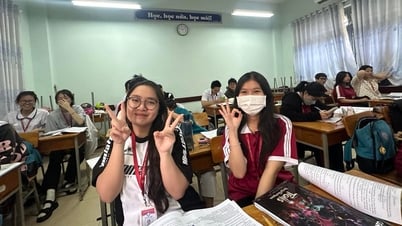












































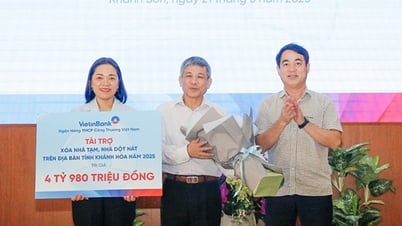




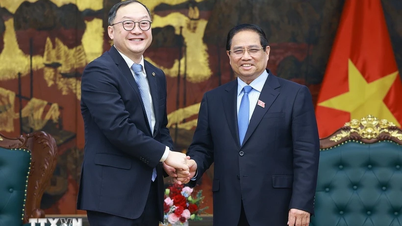








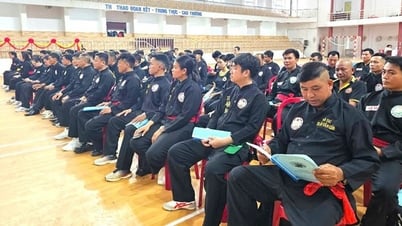



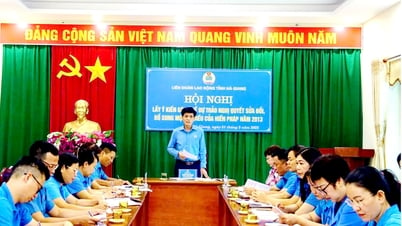

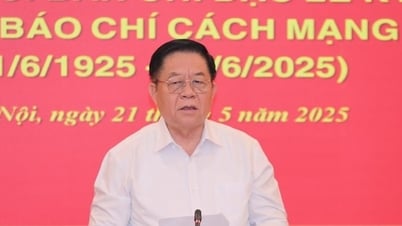



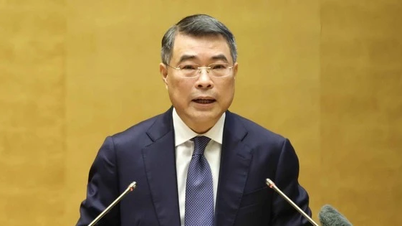

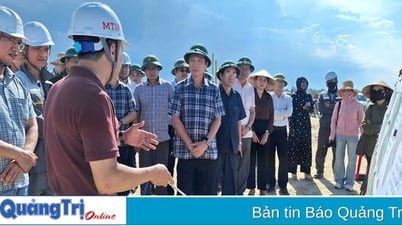












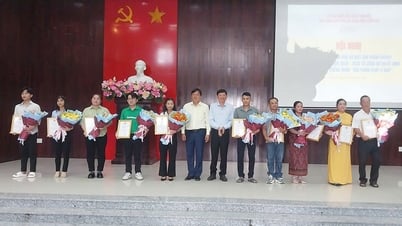

Comment (0)